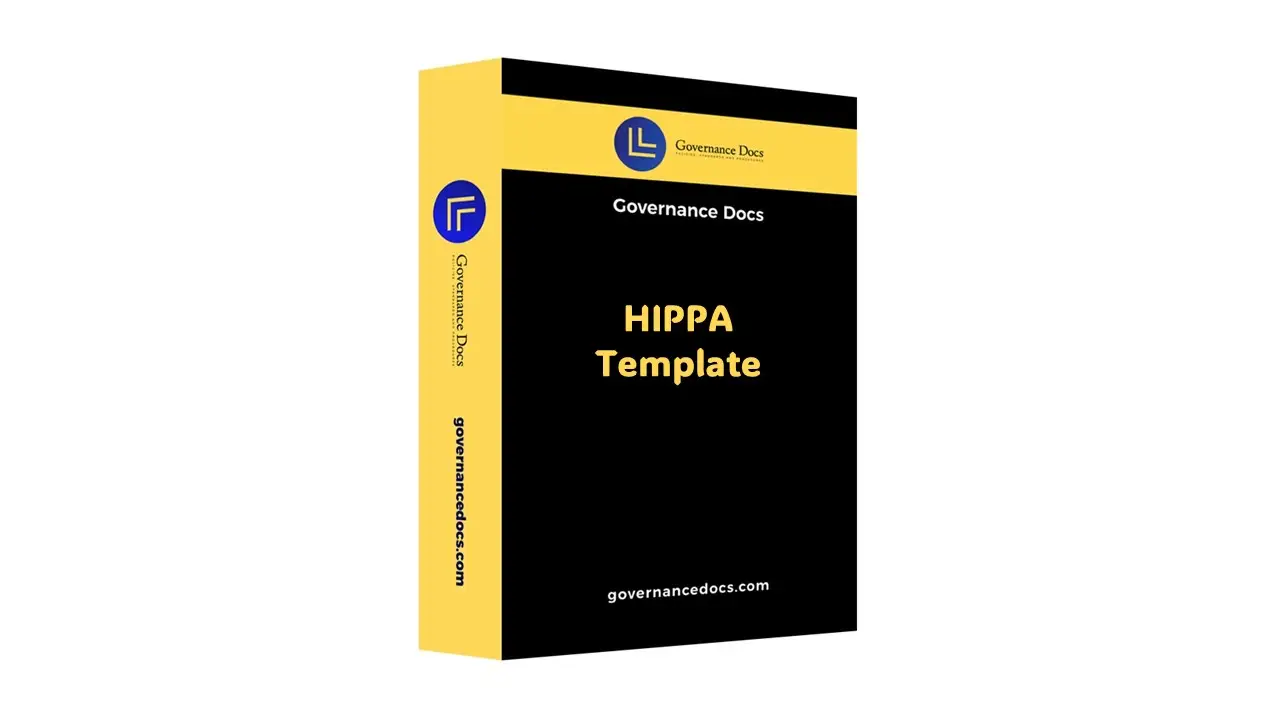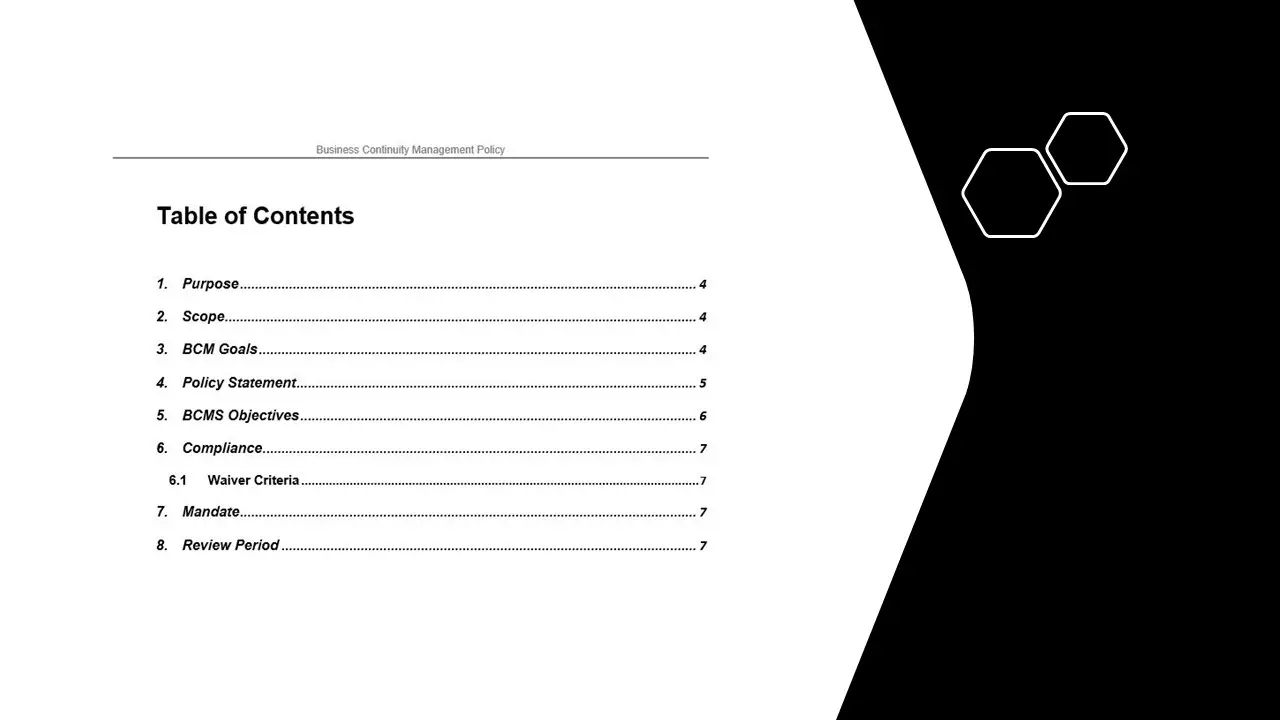Cryptographic Policy
In the ever-evolving landscape of digital information, where data breaches and cyber threats loom large, the need for robust security measures has never been more critical. Enter the Cryptographic Policy, a beacon of assurance in the realm of information security, specifically designed to safeguard Protected Health Information (PHI) systems. This policy is not just a set of guidelines; it is a comprehensive framework that ensures the integrity, confidentiality, and availability of sensitive data through the application of encryption and cryptographic controls.
At its core, the Cryptographic Policy is a meticulously crafted strategy that aligns with the stringent requirements of HIPAA (Health Insurance Portability and Accountability Act), ensuring that all PHI systems are fortified against unauthorized access and data breaches. The policy, identified by the unique code 8022, serves as a cornerstone for organizations striving to maintain compliance with regulatory standards while protecting the privacy of individuals’ health information.
One of the key features of the Cryptographic Policy is its emphasis on encryption. By converting sensitive data into a secure format that can only be deciphered by authorized parties, the policy ensures that even if data is intercepted, it remains unintelligible and useless to malicious actors. This encryption process is not a one-size-fits-all solution; rather, it is tailored to the specific needs and vulnerabilities of each PHI system, providing a customized layer of protection that evolves with emerging threats.
In addition to encryption, the policy mandates the implementation of cryptographic controls. These controls are designed to manage and safeguard cryptographic keys, ensuring that only authorized personnel have access to the tools necessary for data decryption. By establishing a robust key management system, the policy mitigates the risk of key compromise, which could otherwise lead to catastrophic data breaches.
The benefits of adopting the Cryptographic Policy are manifold. For organizations, it represents a proactive approach to risk management, reducing the likelihood of costly data breaches and the associated reputational damage. For individuals, it offers peace of mind, knowing that their sensitive health information is protected by state-of-the-art security measures. Moreover, by adhering to this policy, organizations demonstrate their commitment to upholding the highest standards of information security, fostering trust and confidence among clients and stakeholders.
The value proposition of the Cryptographic Policy extends beyond mere compliance. It is a strategic asset that enhances an organization’s overall security posture, enabling it to navigate the complex landscape of information security with confidence. By integrating this policy into their operations, organizations not only protect their data but also gain a competitive edge in an increasingly security-conscious market.
In conclusion, the Cryptographic Policy is an indispensable tool for any organization handling PHI systems. It is a testament to the power of encryption and cryptographic controls in safeguarding sensitive information, ensuring compliance with HIPAA regulations, and building a resilient defense against cyber threats. As part of the broader categories of All Products, HIPAA, and Information Security, this policy stands as a pillar of trust and security in the digital age.
All GovernanaceDocs documents are developed based on well-known standards such as NIST CSF, ISO 27001, ISO 22301, PCI-DSS and HIPAA.
Hence, You just need to download and selected document and add your company name and logo.










Reviews
There are no reviews yet